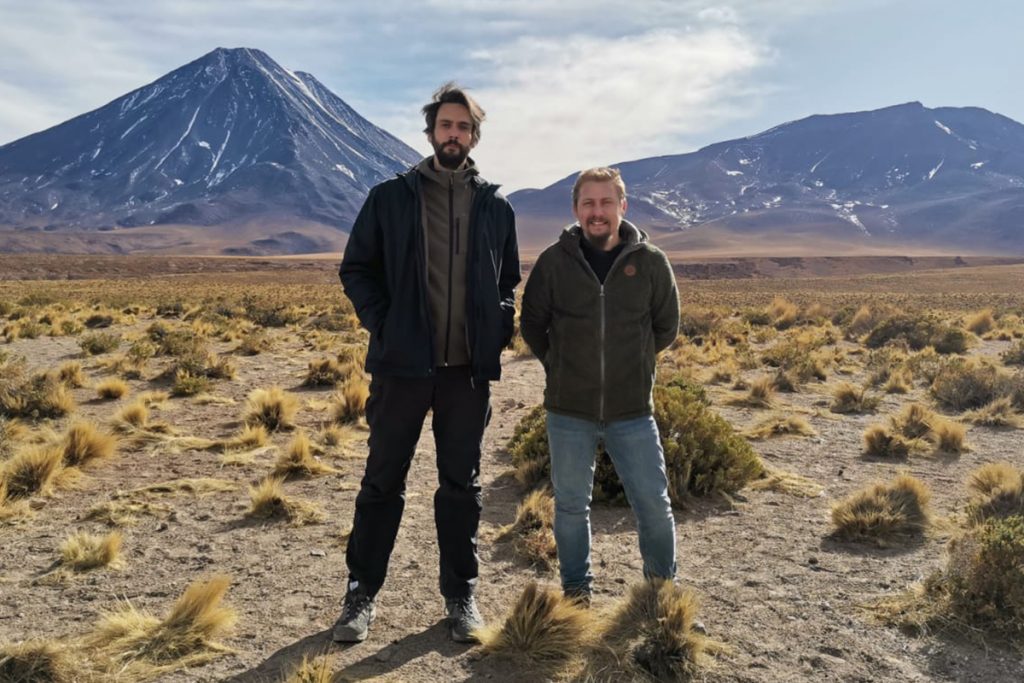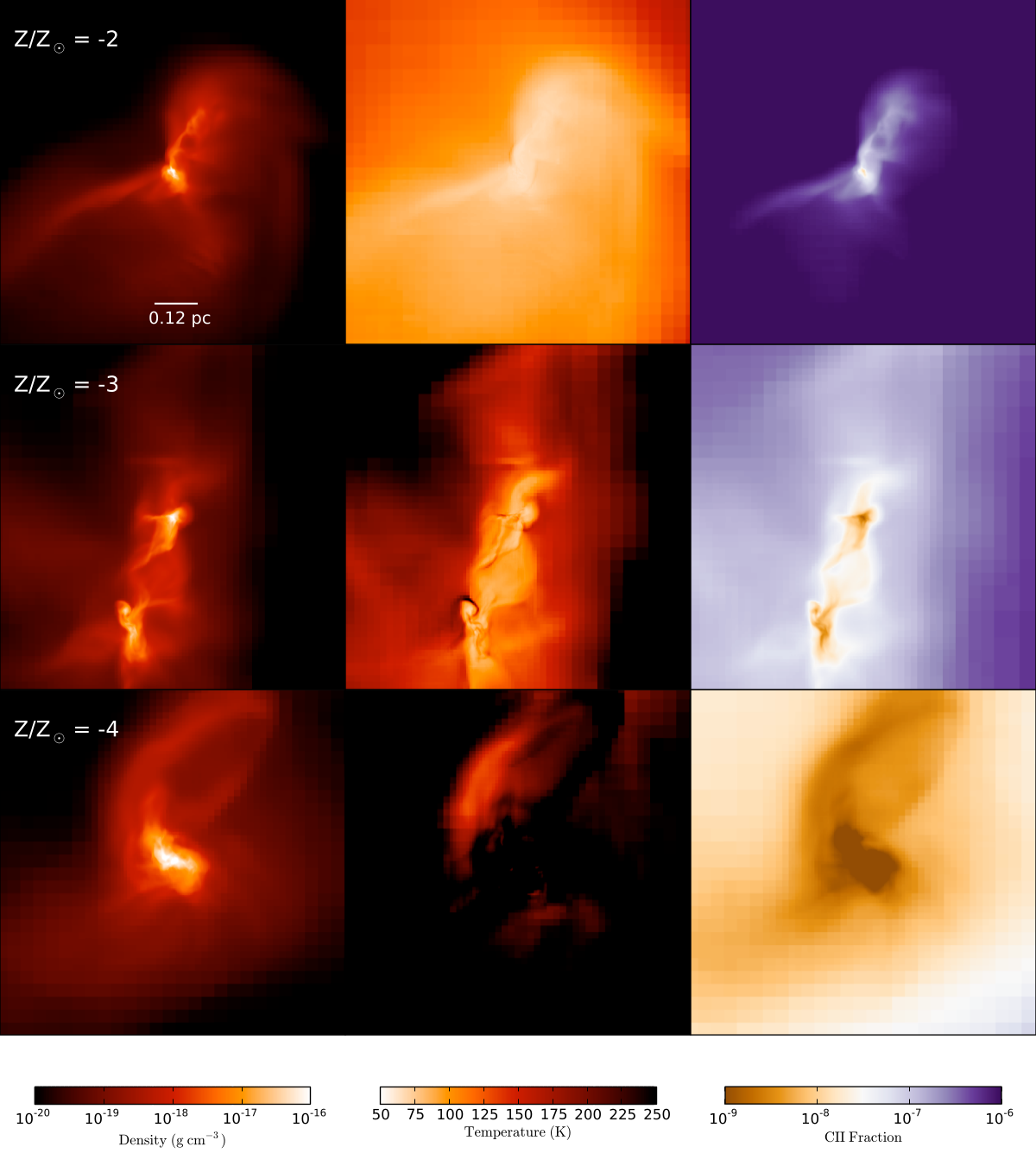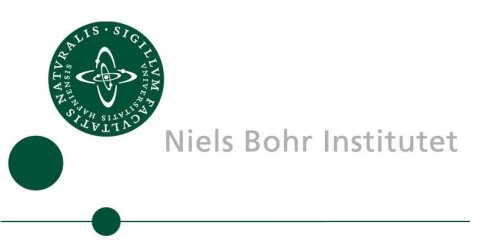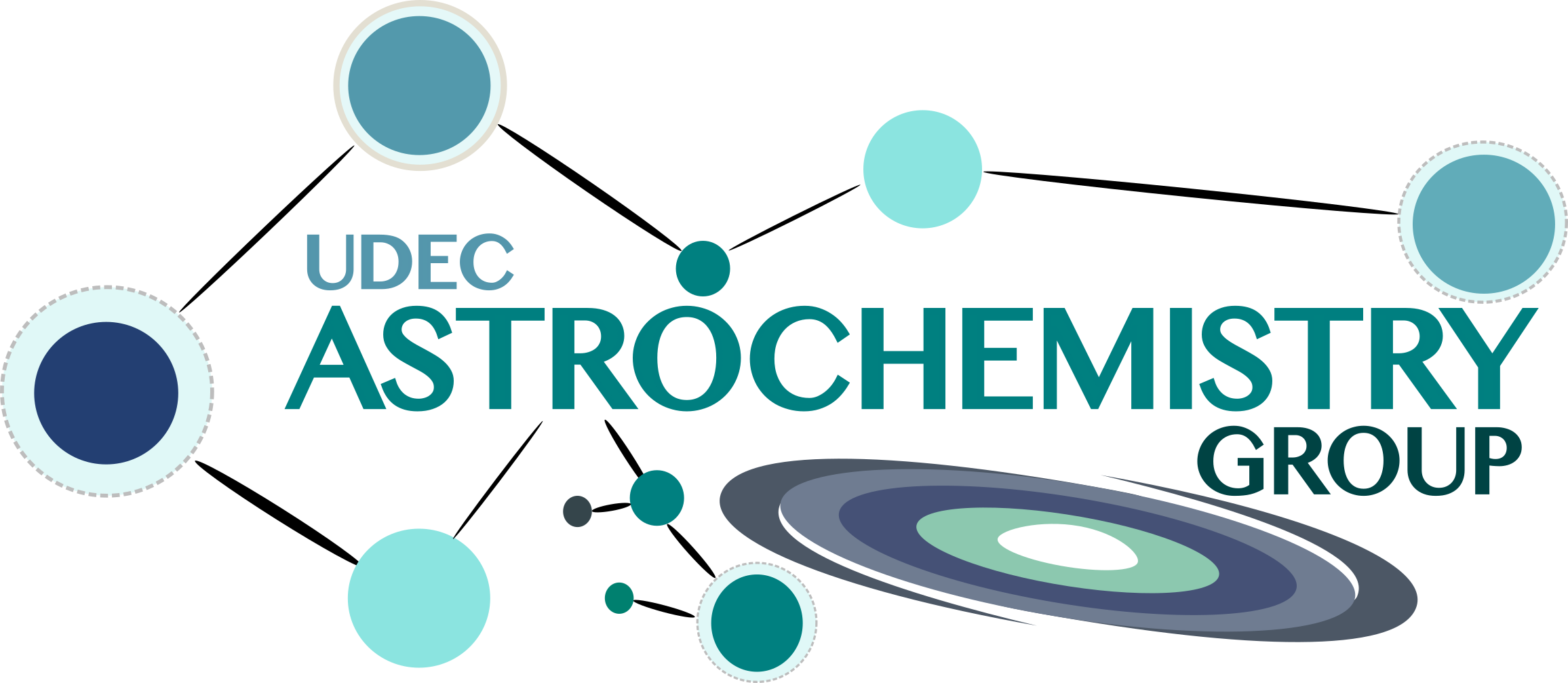ABOUT KROME
KROME is a library-like code to include chemistry and microphysics in a wide range of astrophysical simulations.
Given a chemical network (as plain text) it automatically generates all the routines needed to solve the kinetic of the system,
modelled as a system of coupled Ordinary Differential Equations.
It provides different options which make it unique and flexible.
Please use the KROME's users mailing list
for any problem related to the package or if you have additional comments.
KROME is developed and maintained by Tommaso Grassi, Stefano Bovino, and many others.
KROME is an open-source package,
GNU-licensed,
and any improvements provided by the users is well accepted.







